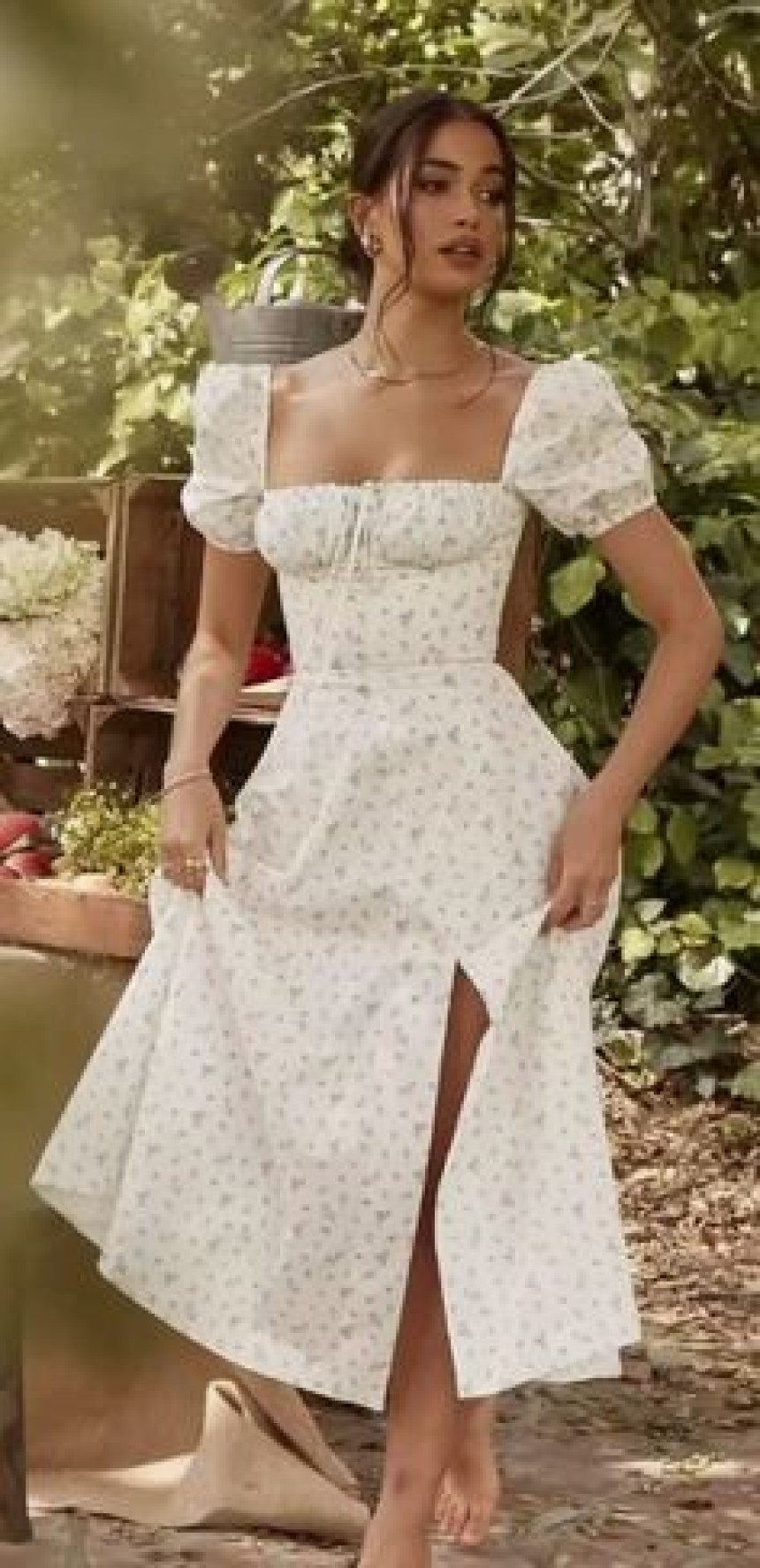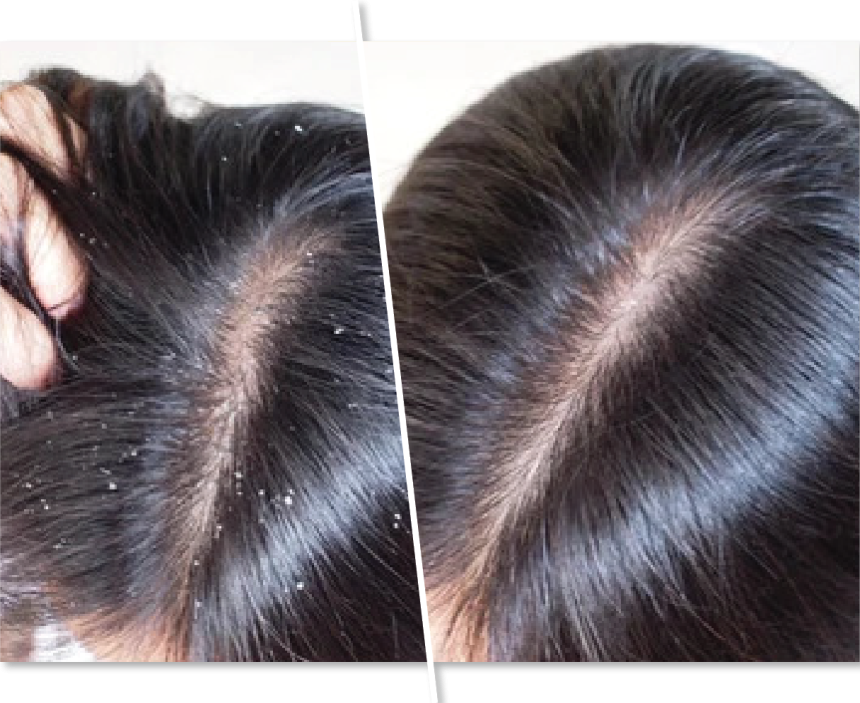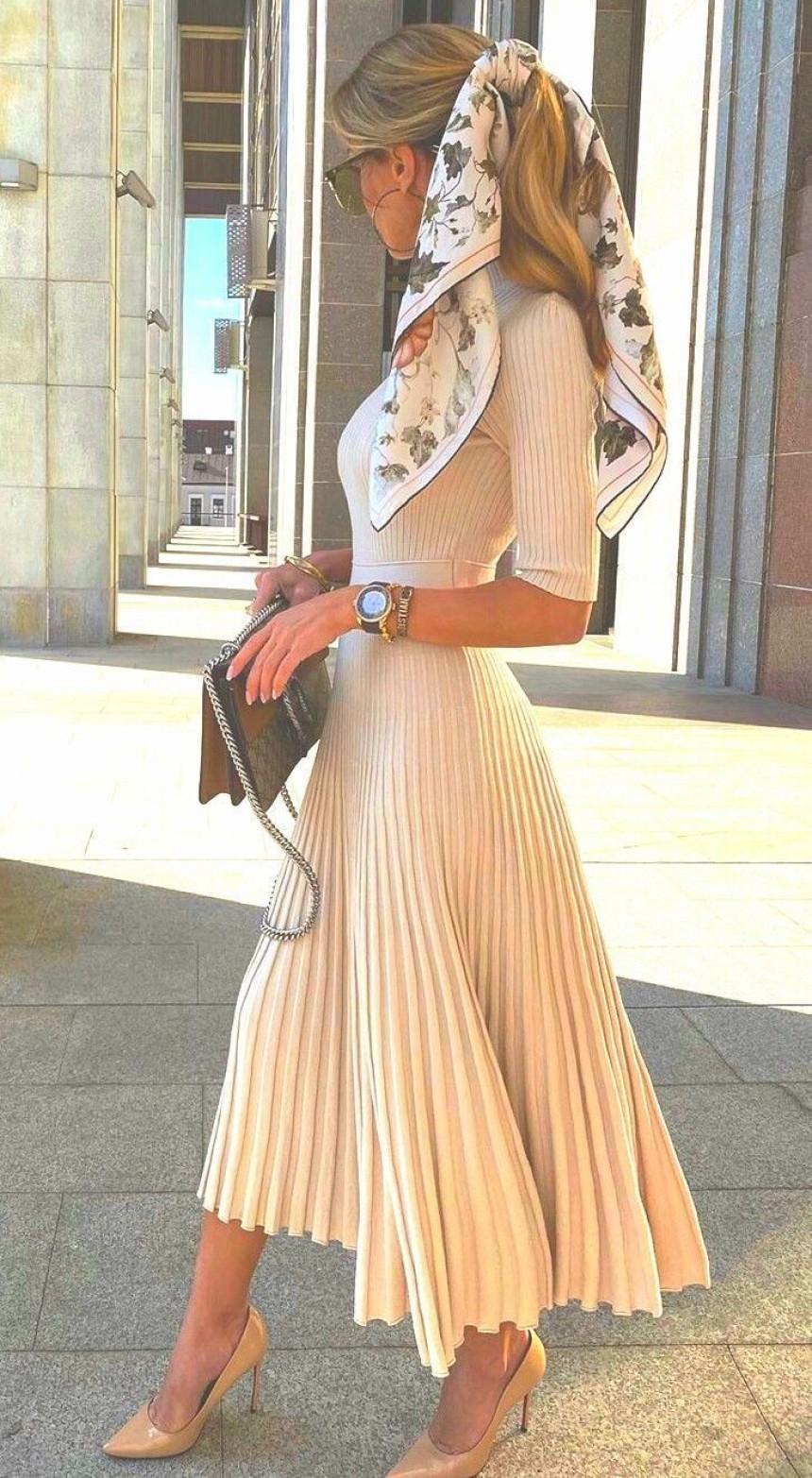
Beauty Brands Tread Lightly With ‘Tradwives’
Beauty brands are navigating the complex landscape of the 'tradwife' trend, a movement that idealizes traditional gender roles and domesticity. This article examines how beauty companies approach this sensitive and polarizing phenomenon, balancing marketing strategies to resonate with diverse audiences while avoiding controversy. Explore the challenges and opportunities faced by beauty brands in engaging with the 'tradwife' community.
Introduction
The 'tradwife' phenomenon, characterized by a return to traditional gender roles and homemaking values, has gained attention in recent years. This movement's influence extends into various sectors, including the beauty industry, prompting brands to carefully navigate their marketing and product strategies. This article explores how beauty brands are treading lightly with the 'tradwife' trend, balancing tradition with modernity.
Understanding the 'Tradwife' Movement
Origins and Philosophy
Historical Context:
- The term "tradwife," short for traditional wife, is rooted in the nostalgic idealization of mid-20th century domestic roles. The movement draws inspiration from the 1950s era, where women were predominantly homemakers, focusing on household duties, raising children, and supporting their husbands.
Philosophical Tenets:
- The core philosophy of the tradwife movement revolves around a return to traditional gender roles. Proponents advocate for a lifestyle where women prioritize home and family over professional ambitions. They often emphasize values such as femininity, homemaking skills, and marital submission.
- The movement is not monolithic; interpretations vary among its followers. Some view it as a personal choice that brings fulfillment, while others see it as a critique of modern feminist ideals.
Modern Resurgence:
- The modern resurgence of the tradwife movement can be attributed to various factors, including dissatisfaction with contemporary gender dynamics, the stress of balancing career and family, and a desire for a simpler, more structured domestic life.
- Social media platforms have played a significant role in reviving and spreading the movement. Influencers and bloggers share their experiences and lifestyles, creating online communities that provide support and validation for those embracing traditional roles.
Demographic and Cultural Context
Demographic Profile:
- The tradwife movement primarily attracts women from various backgrounds who seek a lifestyle centered around traditional family values. Many followers are in their 20s to 40s, often married with children, and come from diverse socio-economic backgrounds.
- Geographically, the movement has gained traction in Western countries, particularly in the United States and the United Kingdom. However, it has a global presence, with followers sharing common values across different cultures.
Cultural Influences:
- Cultural nostalgia plays a significant role in the appeal of the tradwife movement. The idealization of the 1950s domestic life, with its clearly defined gender roles and perceived stability, resonates with those disillusioned by modern societal changes.
- Religious beliefs also influence many within the movement. Conservative Christian values, which emphasize traditional family structures and gender roles, align closely with the tradwife philosophy. However, the movement is not exclusively religious, attracting secular adherents as well.
Impact of Social Media:
- Social media has been instrumental in the growth of the tradwife movement. Platforms like Instagram, YouTube, and TikTok allow tradwives to document their daily lives, share homemaking tips, and connect with like-minded individuals. This online presence has created a sense of community and solidarity among followers.
- Influencers play a crucial role in shaping and promoting the movement. Their posts often feature aesthetically pleasing content that romanticizes the tradwife lifestyle, from baking and crafting to family activities and home decor.
Intersection with Broader Societal Trends:
- The tradwife movement intersects with broader societal trends, such as the rise of the "slow living" and "homesteading" movements, which emphasize a return to simpler, more intentional living. These trends appeal to those seeking to escape the pressures and complexities of modern life.
- Additionally, the movement can be seen as a reaction to the ongoing debates about gender roles and the perceived challenges faced by working mothers. For some, the tradwife lifestyle offers an alternative that prioritizes family cohesion and personal well-being.
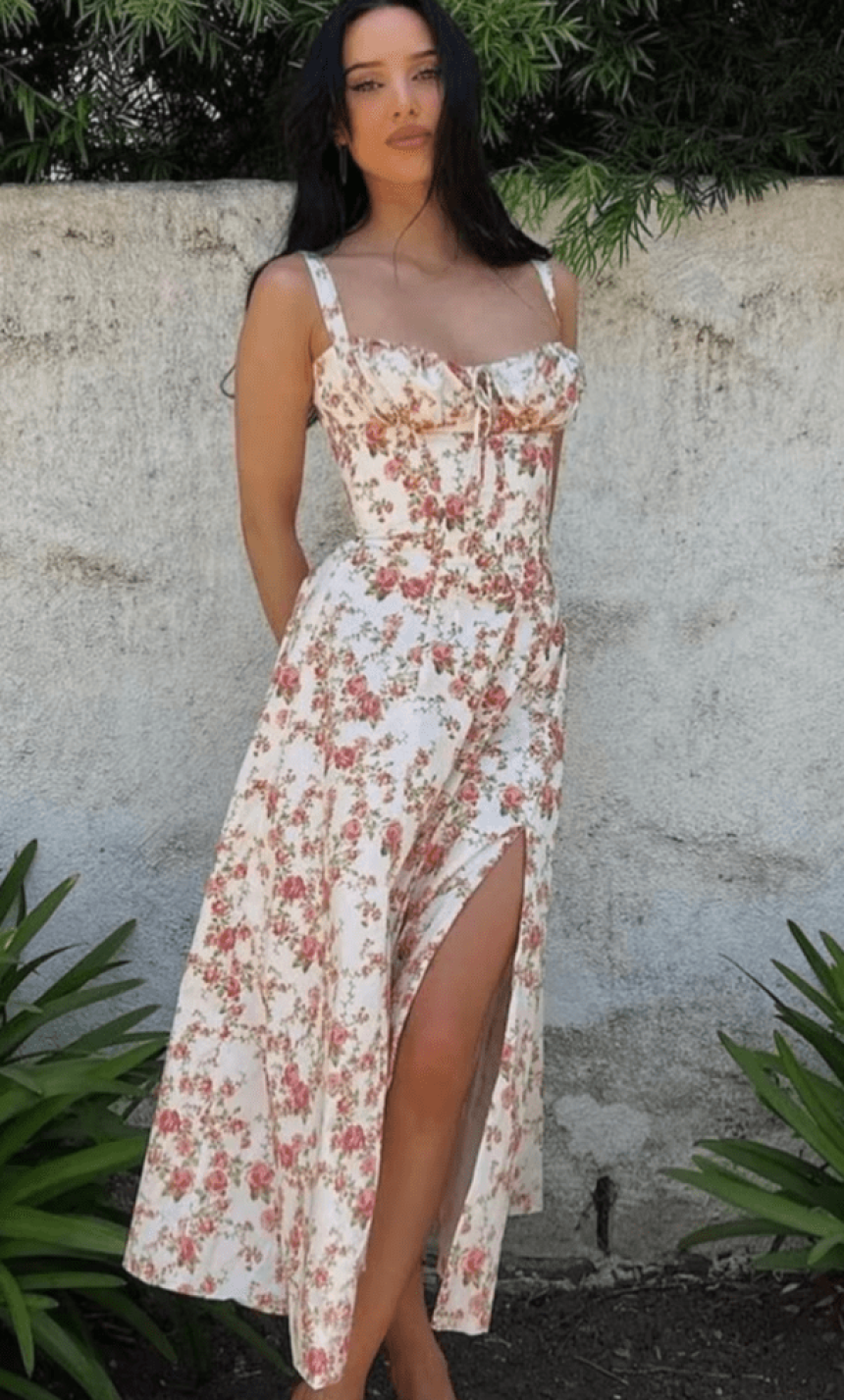
Beauty Brands' Approach to the 'Tradwife' Trend
Marketing Strategies
Targeted Advertising:
- Beauty brands are increasingly tailoring their advertising efforts to resonate with the 'tradwife' audience. This involves crafting campaigns that emphasize traditional femininity, elegance, and timeless beauty. Ads often feature vintage-inspired aesthetics, highlighting the grace and charm associated with mid-20th century ideals.
Influencer Collaborations:
- Collaborating with influencers who embody the 'tradwife' lifestyle is a key strategy. These influencers often have substantial followings on social media platforms, where they share their daily routines, beauty regimens, and homemaking tips. Brands partner with these influencers to create authentic content that showcases their products in relatable, everyday scenarios.
Heritage and Legacy:
- Brands leverage their history and heritage to align with the values of the 'tradwife' movement. Emphasizing the brand’s long-standing commitment to quality and tradition appeals to consumers who value legacy and authenticity. Marketing materials may highlight the brand's origins, iconic products, and evolution over time.

Product Offerings and Positioning
Classic and Timeless Products:
- Beauty brands are positioning classic, timeless products at the forefront of their offerings. This includes items like red lipsticks, subtle eyeshadows, and sophisticated fragrances that evoke a sense of nostalgia and elegance. These products are marketed as essentials for achieving a polished, refined look reminiscent of bygone eras.
Natural and Gentle Formulations:
- Many 'tradwives' value natural and gentle beauty products that align with their focus on wholesome, family-oriented living. Brands are responding by highlighting natural ingredients, cruelty-free practices, and clean beauty formulations. This approach reassures consumers that their products are safe and suitable for everyday use.
Home Beauty Rituals:
- The 'tradwife' trend emphasizes the importance of self-care and beauty rituals performed at home. Brands are offering products designed for these routines, such as luxurious bath products, skincare kits, and haircare treatments. Positioning these items as part of a pampering home routine resonates with the target audience’s lifestyle.
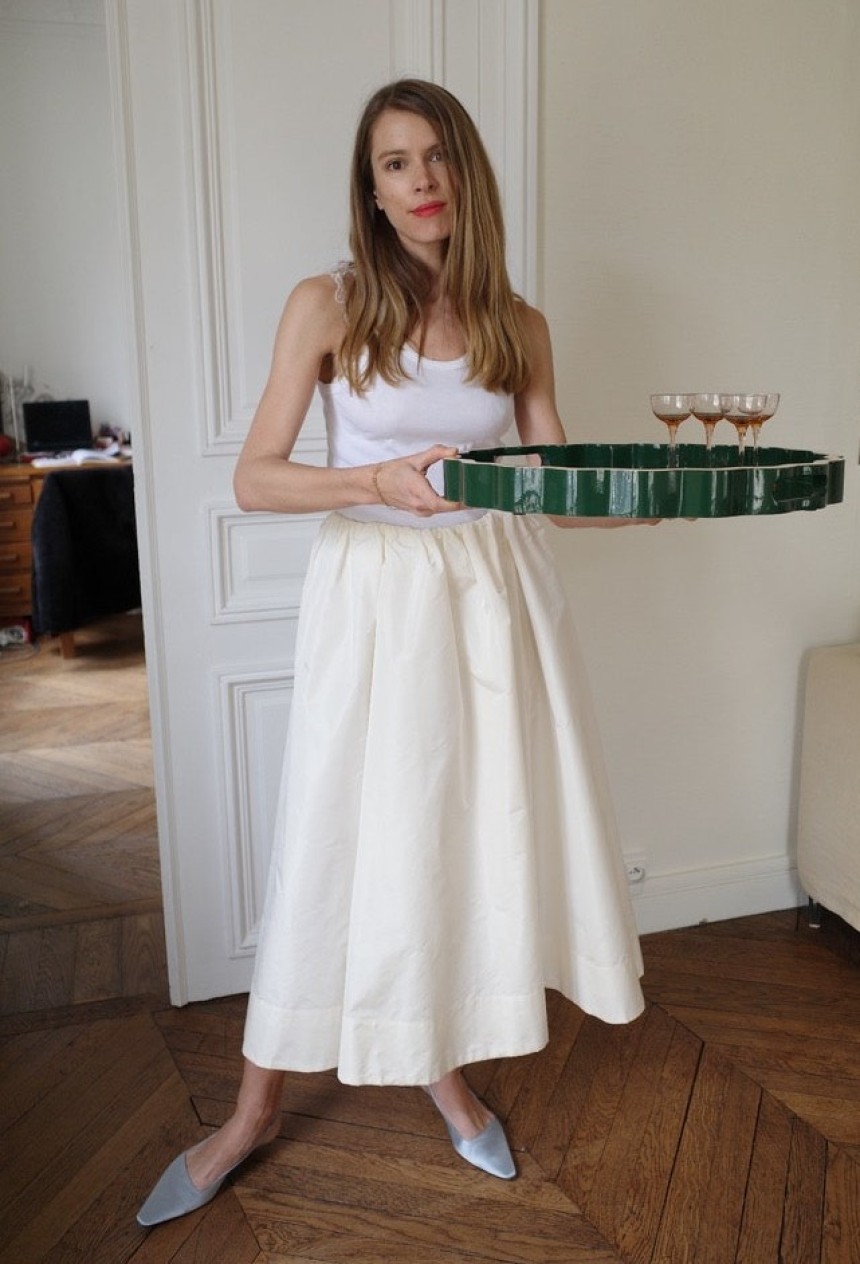
Messaging and Communication Tactics
Emphasizing Femininity and Grace:
- Communication tactics focus on themes of femininity, grace, and the joy of homemaking. Messaging often includes references to elegance, nurturing, and the art of maintaining a beautiful home. This narrative aligns with the 'tradwife' ethos of embracing traditional gender roles and domestic life.
Storytelling and Nostalgia:
- Brands use storytelling to connect emotionally with their audience. This involves sharing stories of women who embody the 'tradwife' ideal, celebrating their dedication to family and home. Nostalgic elements, such as references to vintage beauty routines and classic Hollywood icons, are woven into the brand’s narrative to evoke sentimental feelings.
FAQs
Q: What is the 'Tradwives' trend? A: The 'Tradwives' trend involves women who embrace traditional homemaking roles and often prioritize conservative values and aesthetics. Q: Why are beauty brands cautious with the 'Tradwives' trend? A: Beauty brands tread lightly because the 'Tradwives' trend can be polarizing and may not align with modern feminist values, potentially alienating other consumer segments. Q: How do beauty brands address the 'Tradwives' trend in their marketing? A: Beauty brands may subtly acknowledge the trend by promoting timeless and classic beauty products without explicitly endorsing traditional gender roles. Q: What risks do beauty brands face by engaging with the 'Tradwives' trend? A: Engaging with the 'Tradwives' trend can risk backlash from consumers who view it as regressive or out of touch with contemporary social values. Q: How can beauty brands balance inclusivity while recognizing the 'Tradwives' trend? A: Beauty brands can balance inclusivity by offering a diverse range of products and campaigns that cater to various lifestyles and values without excluding any particular group.
Conclusion
Beauty brands' cautious approach to the 'tradwife' trend reflects the delicate balance between embracing traditional values and maintaining a modern, inclusive image. By carefully crafting their marketing strategies and product offerings, these brands can appeal to the 'tradwife' demographic while avoiding potential controversies. As the beauty industry continues to evolve, understanding and adapting to diverse consumer movements will be key to sustained success.
